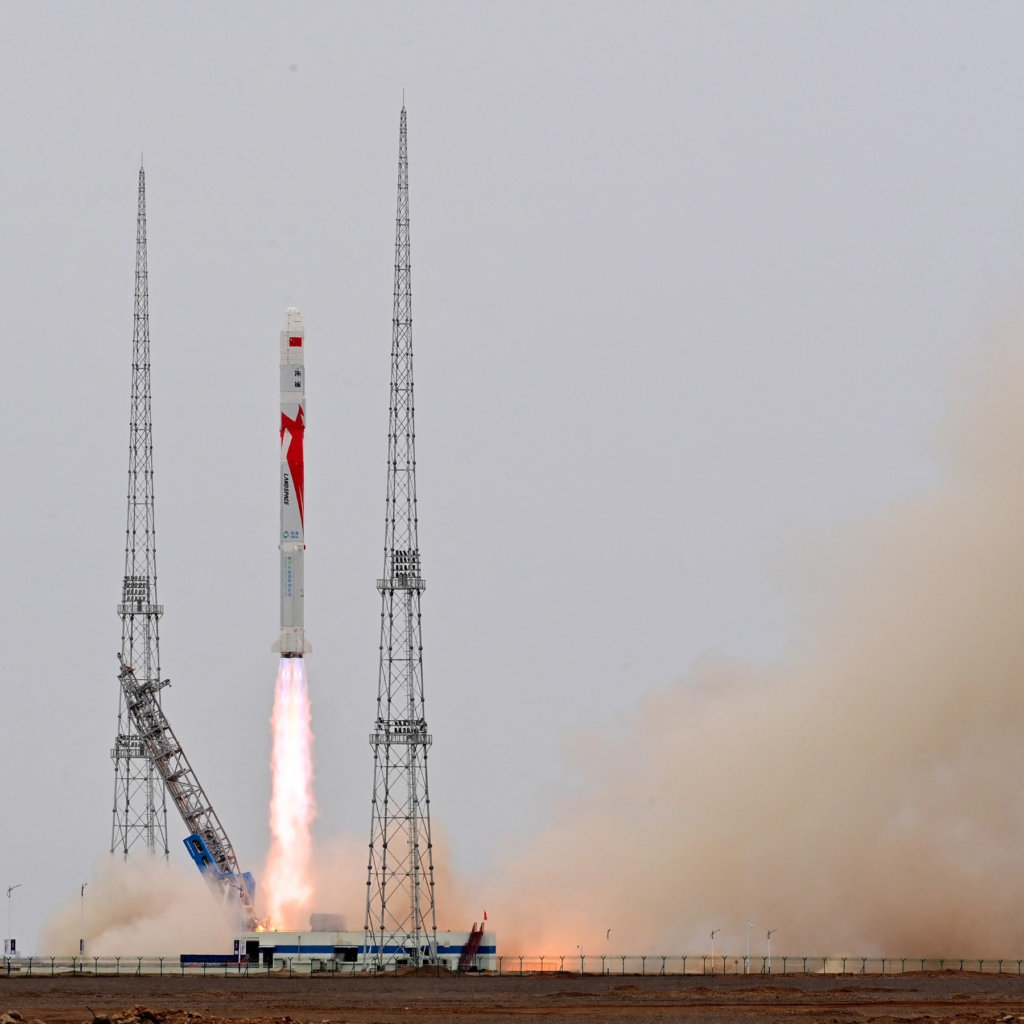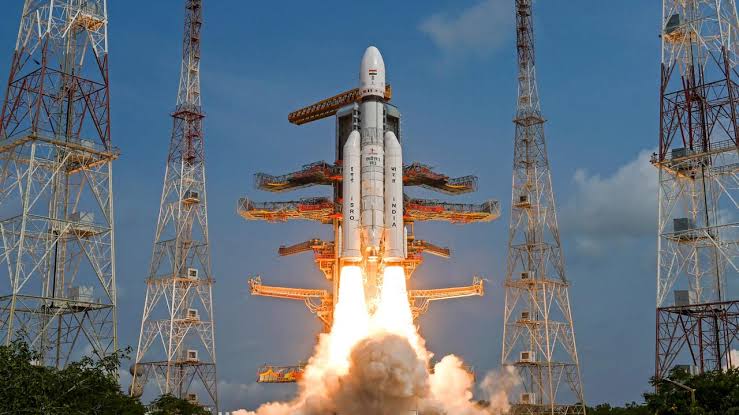On July 12, 2023, a private Chinese company called LandSpace Launch of Methane-Fuelled Rocket, the Zhuque-2. The rocket was launched from the Jiuquan Satellite Launch Center in northwest China, and it successfully delivered a test payload into sun-synchronous orbit.
The Zhuque-2 is a two-stage rocket that is 49.5 meters long and has a diameter of 3.35 meters. It is powered by four Tianque-12 liquid oxygen methane engines in the first stage, and one Tianque-12 and one Tianque-11 engine in the second stage. The rocket has a carrying capacity of six tonnes for low Earth orbit and four tonnes for sun-synchronous orbit.

The Launch of Methane-Fuelled Rocket the Zhuque-2 is a significant milestone in the development of methane-fuelled rockets. Methane is a cleaner and more efficient fuel than traditional rocket fuels like kerosene, and it is also more reusable. This makes methane-fuelled rockets a promising option for future space exploration missions.

The successful launch of the Zhuque-2 puts China ahead of other countries in the development of methane-fuelled rockets. The United States company SpaceX has also been developing methane-fuelled rockets, but its Starship rocket has yet to reach orbit. The Zhuque-2’s success is a sign that China is a serious contender in the race to develop the next generation of space rockets.
The Launch of Methane-Fuelled Rocket (Zhuque-2) is special for a number of reasons, including:
- It is the world’s first methane-fuelled space rocket. Methane is a cleaner and more efficient fuel than traditional rocket fuels like kerosene, and it is also more reusable. This makes methane-fuelled rockets a promising option for future space exploration missions.
- The Zhuque-2 was launched by a private Chinese company, LandSpace. This is a significant achievement, as it shows that China’s private space sector is maturing and becoming capable of developing and launching advanced rockets.
- The Zhuque-2’s successful launch puts China ahead of other countries in the development of methane-fuelled rockets. The United States company SpaceX has also been developing methane-fuelled rockets, but its Starship rocket has yet to reach orbit. The Zhuque-2’s success is a sign that China is a serious contender in the race to develop the next generation of space rockets.

Overall, the Zhuque-2 is a significant milestone in the development of methane-fuelled rockets and a sign of China’s growing capabilities in the space sector. It is a promising rocket that has the potential to revolutionize space exploration.
Here are some additional details about why methane-fuelled rockets are special:
- Methane is a cleaner fuel than traditional rocket fuels like kerosene. It produces less pollution and is less harmful to the environment.
- Methane is also a more efficient fuel. This means that it can carry more payload into space than a rocket that uses a traditional fuel.
- Methane is also more reusable than traditional rocket fuels. This means that methane-fuelled rockets can be used multiple times, which can save money and resources.
The combination of these factors makes methane-fuelled rockets a promising option for future space exploration missions. They are cleaner, more efficient, and more reusable than traditional rocket fuels, which makes them a more sustainable and cost-effective option for long-term space exploration.

